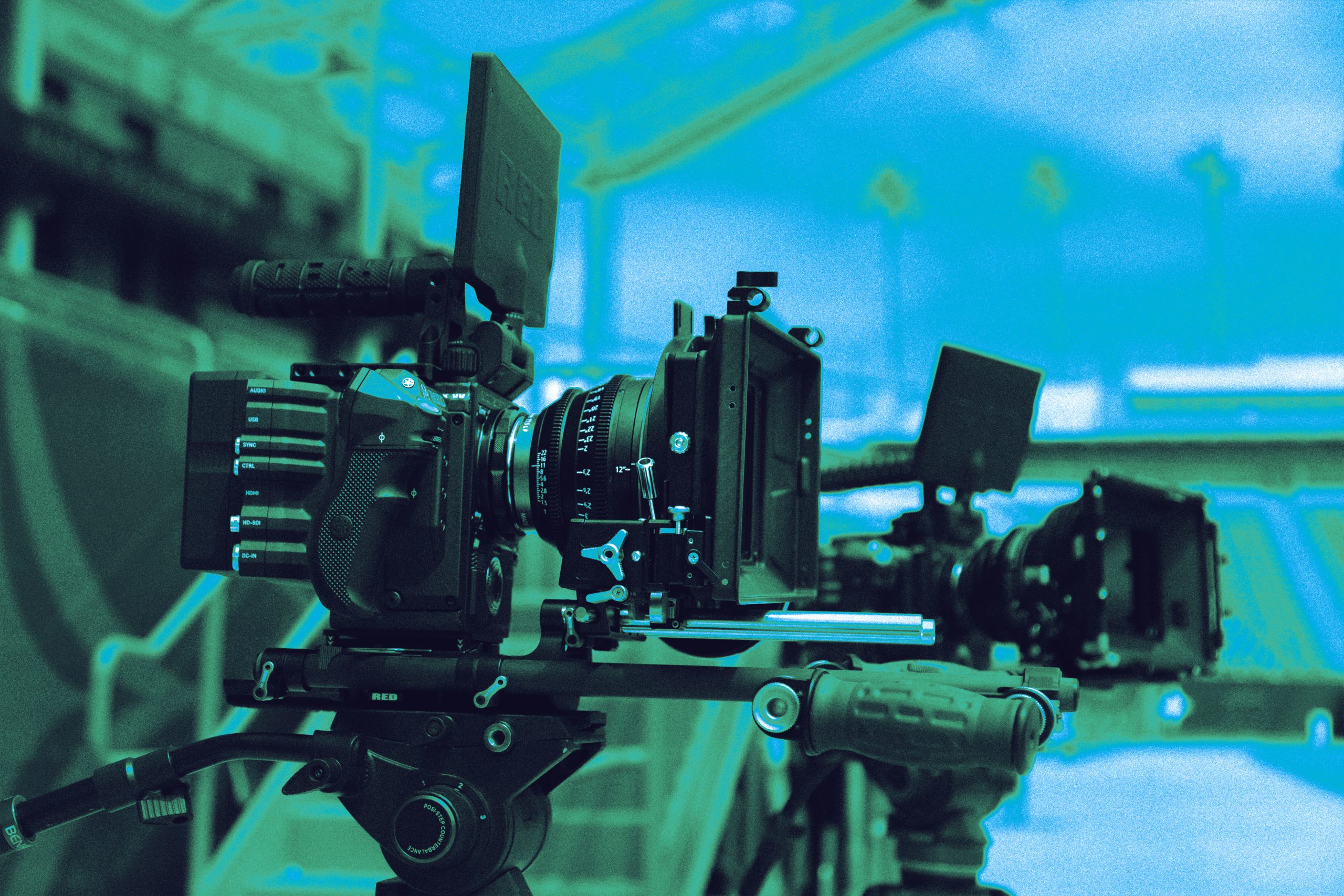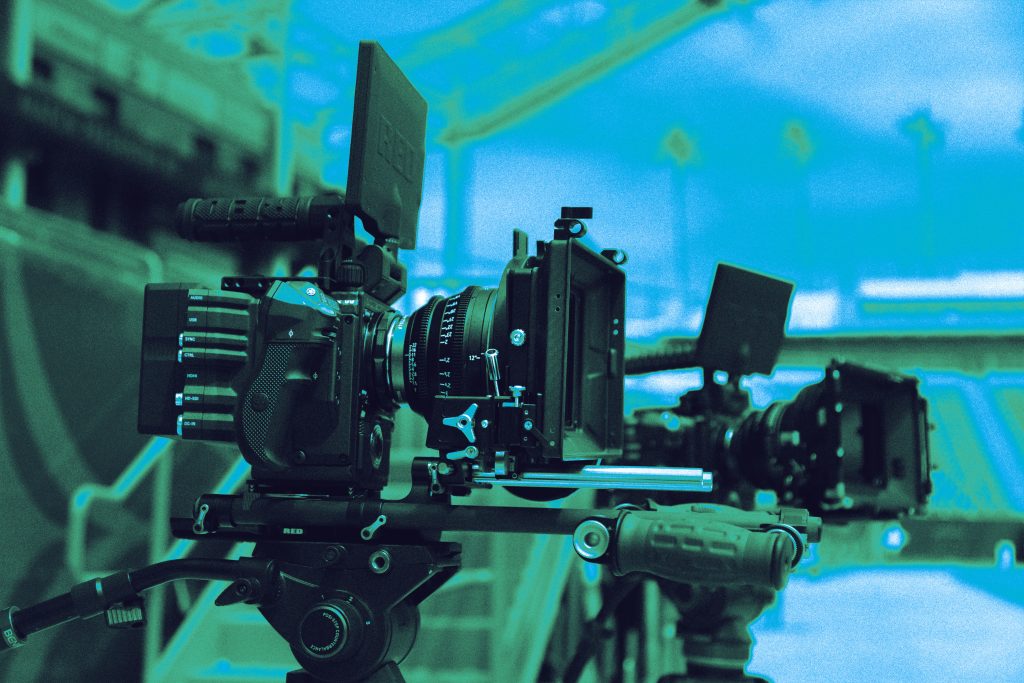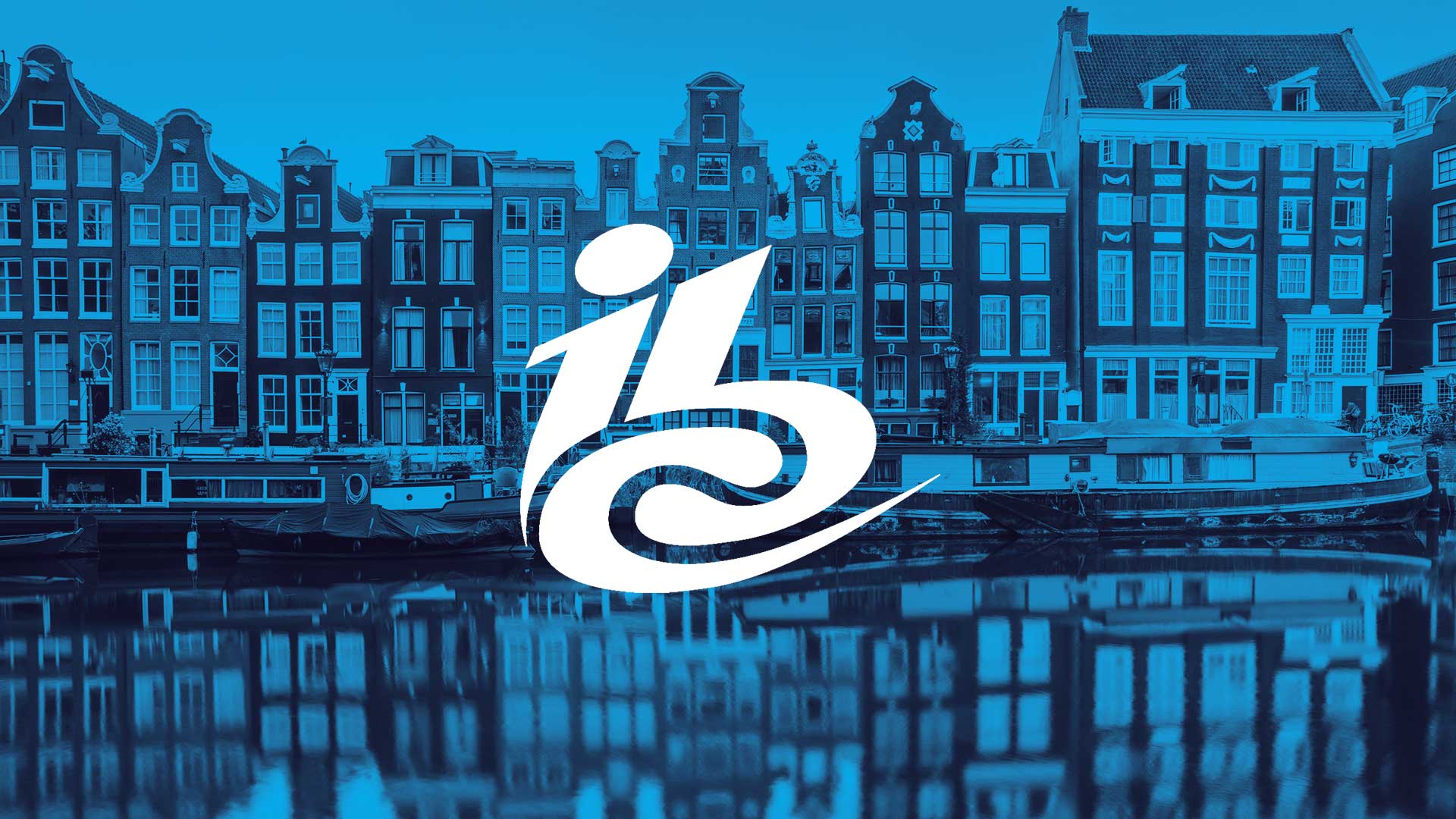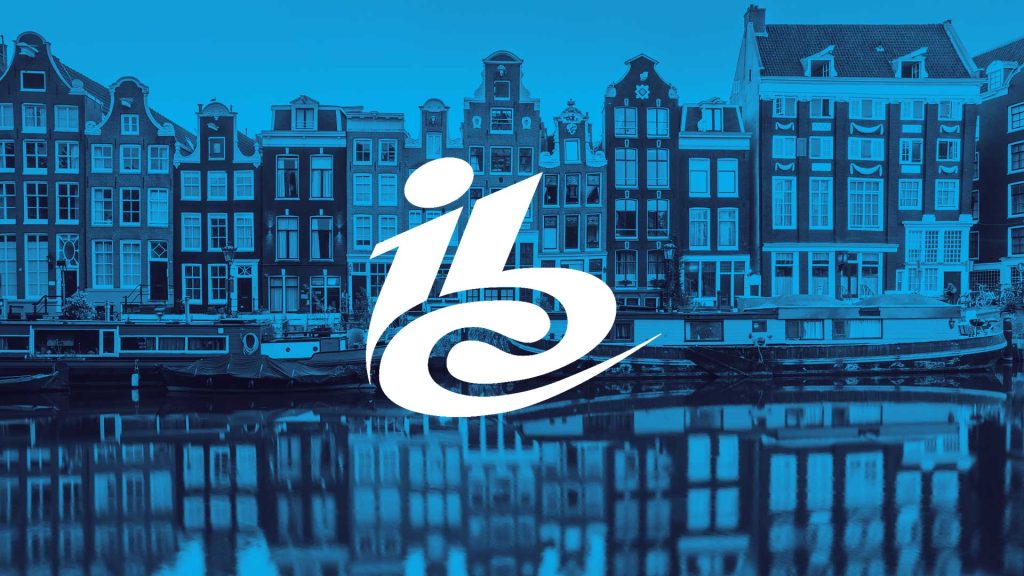Changing consumer habits have drastically impacted the TV and streaming industry for the past few years. On The Content & Media Matters Podcast we were joined by the Vice President of Strategy, Business Development & International at Sling TV, Liz Riemersma. Liz has a background in marketing and business development in a variety of sectors, and has spent the past seven years within the TV industry. These are her thoughts on the challenges currently facing the sector:
Over the past couple of years, many of the players in the industry have collectively forgotten what their DNA is. Prior to the rise of direct to consumer platforms, media companies were focused on making media, and content distribution companies were very focused on distribution, and platforms were really focused on what the end user was experiencing in terms of using their operating systems. Now we’re at a point where platforms are making content, distribution companies are making platforms, content companies are doing distribution, and some of them are dabbling in licensing platforms. It’s created a very confusing landscape.
The reality is that all of those companies had a starting point with a financial structure that underpinned what their business was and was not. For example, we’re a distributor. We have no strength, history, or knowledge in making content. That’s a completely different cost structure and a different environment entirely. It would be pretty clear that we are not in the content business, right? We spend all of our money and effort on improving the end user experience via our technology, our distribution and the way we are reaching customers.

If a media company comes into the space, and they say, ‘I’ve got all these investments in media and generating original content, but I’m also going to act as a distributor. I’m going to be marketing people directly. I’m going to be investing in technology and getting that pushed through to the end user.’ They’ve basically doubled their load financially. All the while they are pulling the rug out from their distributors. Your distributors are paying you $5 per sub and now you’re losing money on their platform. A lot of those decisions have been because people are seeing cord cutting coming online. There’s definitely fear around our revenue and ARPU. But, companies have underestimated the costs that are associated with moving from one business model to another. I don’t think that they were prepared to do it. Companies are loading up their business model with something that’s not necessarily their business.
Now that the incumbent media companies have all had some level of experience in going direct to direct to consumer, they understand the financial prospect of what that means. They’re going from a place where you’re free of any distribution costs with $5 per subscriber that you’re getting from your distributors to a negative $5 per consumer on their own platform. I do think that you will see a little bit more conservatism when it comes to the content they are keeping on live TV, because their money is coming from live TV. If they can’t supply that demand, they are being financially irrational.
To learn more about the state of the TV and streaming industry, tune into Episode 22 of The Content & Media Matters Podcast here.
We sit down regularly with some of the biggest names in our industry, we dedicate our podcast to the stories of leaders in the technologies industries that bring us closer together. Follow the link here to see some of our latest episodes and don’t forget to subscribe.




